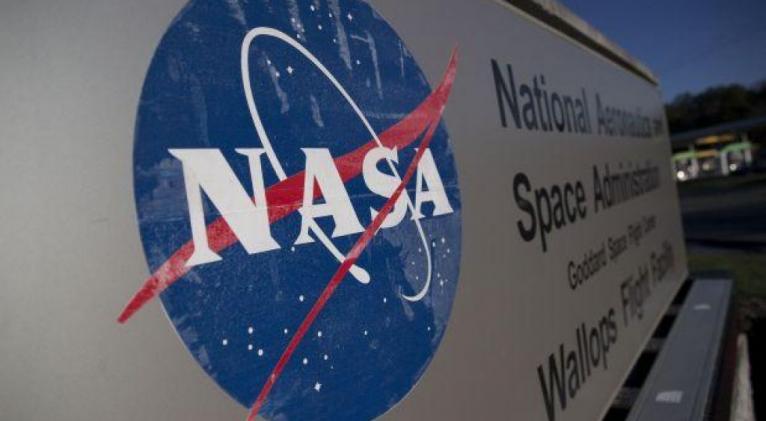NASA explores cooperation with Cuba on science projects

The National Aeronautics and Space Administration, or NASA, is currently exploring the possibilities of cooperating with Cuba on science projects, the island's official media said.
NASA researcher Brent Holben, on a visit to Cuba, said the space agency is interested in strengthening cooperation with Cuba in specific areas such as meteorology, oceanography and astronomy, according to state news agency ACN.
Holben, a member of NASA's Biospheric Sciences Laboratory, participated as a guest in a science workshop at the Meteorological Center in the eastern province of Camaguey.
In his opinion, the current state of political relations between the U.S. and Cuban governments following the renewal of diplomatic ties last year constitutes "an opportunity" to strengthen the exchange of scientific information.
The U.S. specialist said that while there are still no official connections with scientific institutions on the island, upon his return to the United States he will make a report to his department about exactly what possibilities exist for launching joint research projects that could benefit both countries.
Holben urged Cuba to join the recently created Caribbean Aerosol Network, a component of Aeronet, which is a network of robotic instruments basically used to study aerosols, tiny particles suspended in the air whose high concentration has a negative impact on human health.
The NASA scientist considered the aerosol network to be an "organic and integrating" project in the Caribbean, in which Camaguey could play an important role because it receives dust in abundance from the Sahara Desert, and possesses the country's only solar photometer for studying these particles.
He said that instruments of this kind are very valuable to NASA, because they are capable of checking satellite observations of aerosols by means of measurements taken on the Earth's surface.













Add new comment